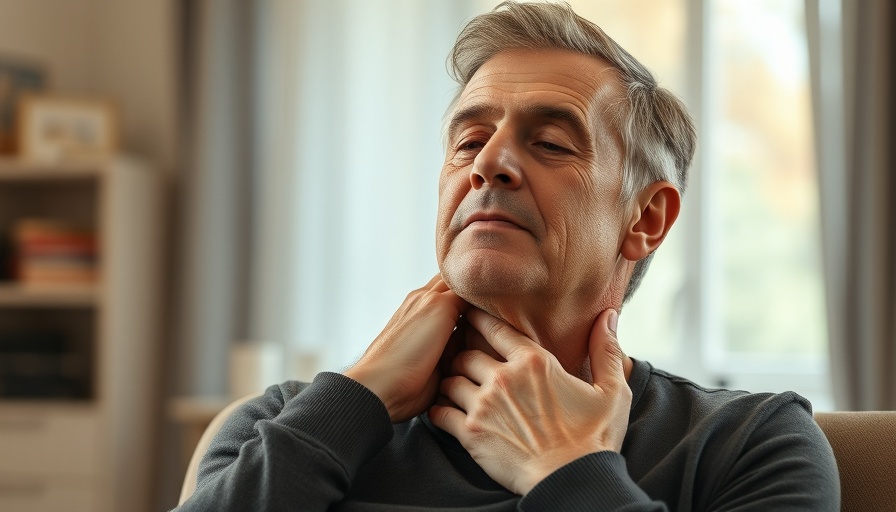
The Key to Natural Pain Relief for Your Patients
Aches and pains are an unavoidable part of life, arising from various sources such as long hours spent at a desk, physical exertion, or the simple passage of time. While it’s common to reach for medication for relief, the associated side effects and dependency risks often deter individuals. Fortunately, there are numerous natural and effective methods to alleviate discomfort without relying on pharmaceuticals. Small adjustments in daily routines can lead to remarkable improvements in one’s overall wellbeing, a reality that concierge medical practices should embrace, especially when building patient relationships.
Prioritizing Movement and Stretching
A sedentary lifestyle can significantly contribute to chronic pain and stiffness. It’s vital to promote regular movement for maintaining flexibility and strength in patients’ muscles. Simple exercises, from gentle stretching in the morning to incorporating low-impact activities like walking, swimming, or yoga into routines, can vastly improve mobility and reduce discomfort. Notably, frequent physical activity not only alleviates existing pain but also fortifies the body against future issues, aligning with many pain management protocols.
Improving Posture for Pain Management
Often, poor posture leads to chronic pain, particularly in the neck, shoulders, and lower back. Many individuals develop harmful habits, such as slouching or looking down at phones too often. Recommendations for your patients include utilizing ergonomic support, adjusting their workspace, and adopting better sleeping positions to foster proper alignment. Enhancing posture can relieve muscle strain and offer substantial improvements in comfort, ultimately benefiting their overall health.
Heat and Cold Therapy: When to Use What
Playing with temperature can be an effective method for pain management. Heat therapy aids in relaxing muscles and boosting blood flow, making it particularly beneficial for chronic aches. In contrast, cold therapy numbs sharp pain and reduces swelling, ideal for acute injuries. Educating patients on when to use heat versus cold can maximize their relief and promote a self-managed approach to pain.
The Power of Hydration and Nutrition
The food and drink choices we make can profoundly affect how we feel daily. Dehydration can lead to muscle cramps and stiffness. Thus, encouraging patients to stay hydrated is essential. An anti-inflammatory diet, rich in omega-3s, leafy greens, berries, and nuts, can also yield pain-relieving benefits. In contrast, processed foods and excess sugar can exacerbate inflammation. By incorporating these dietary principles, patients not only manage pain but may also enhance their general health.
Stress Management Techniques
The relationship between stress and pain cannot be overstated. High stress often leads to muscle tension, exacerbating discomfort. Practices like mindfulness, meditation, and breathing exercises can help mitigate stress levels, resulting in decreased pain. Encouraging patients to explore these techniques can empower them to manage their pain proactively and improve their daily lives.
Actionable Insights for Concierge Practices
Given the growing interest in non-medication pain management options, concierge medical practices have a unique opportunity to educate patients about these strategies. Integrating discussions of natural pain relief into consultations can enhance patient relationships and position practices as leading experts in holistic care. By fostering an understanding of these methods, you can increase patient satisfaction and retention.
Conclusion: Embrace Wellness for Patient Success
The knowledge shared here can help you guide patients toward less reliance on medication while improving their quality of life. By promoting movement, better nutrition, and stress management techniques, you can create a supportive and empowering environment that emphasizes patient wellness. Don't underestimate the impact of these practices on your business growth; a focus on comprehensive patient care can set your practice apart.
 Add Row
Add Row  Add
Add 


Write A Comment